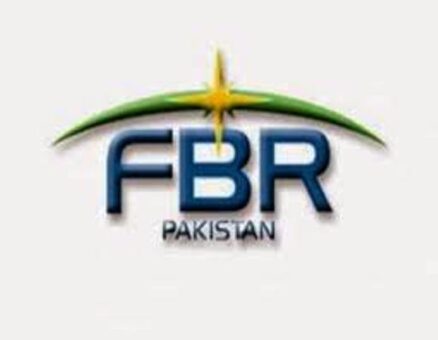Section 90, updated up to June 30, 2021, aims to address treatment of tax on revocable transfers of assets, ensuring that income arising from such transfers is appropriately attributed to the transferor.
In a move to bring more clarity to the taxation system, the Federal Board of Revenue (FBR) has provided explicit guidelines through Section 90 of the Income Tax Ordinance, 2001.
The text of Section 90 of the Income Tax Ordinance, 2001 is as follows:
“90. Transfers of assets. — (1) For the purposes of this Ordinance and subject to sub-section (2), where there has been a revocable transfer of an asset, any income arising from the asset shall be treated as the income of the transferor and not of the transferee.
(2) Sub-section (1) shall not apply to any income derived by a person by virtue of a transfer that is not revocable during the lifetime of the person and the transferor derives no direct or indirect benefit from such income.
(3) For the purposes of this Ordinance, where there has been a transfer of an asset but the asset remains the property of the transferor, any income arising from the asset shall be treated as the income of the transferor.
(4) For the purposes of this Ordinance and subject to sub-section (5), any income arising from any asset transferred by a person directly or indirectly to— (a) the person’s spouse or minor child; or (b) any other person for the benefit of a person or persons referred to in clause (a), shall be treated as the income of the transferor.
(5) Sub-section (4) shall not apply to any transfer made — (a) for adequate consideration; or (b) in connection with an agreement to live apart.
(6) For the purposes of clause (a) of sub-section (5), a transfer shall not be treated as made for adequate consideration if the transferor has provided, by way of loan or otherwise, to the transferee, directly or indirectly, with the funds for the acquisition of the asset.
(7) Sub-section (5) does not apply where the transferor fails to produce evidence of the transfer of the asset by way of its registration or mutation in the relevant record and the income arising from the asset shall be treated as the income of the transferor for the purposes of this Ordinance.
(8) For the purposes of this section, — (a) a transfer of an asset shall be treated as revocable if — (i) there is any provision for the re-transfer, directly or indirectly, of the whole or any part of the asset to the transferor; or (ii) the transferor has, in any way, the right to resume power, directly or indirectly, over the whole or any part of the asset; (b) “minor child” shall not include a married daughter; and (c) “transfer” includes any disposition, settlement, trust, covenant, agreement or arrangement.”
This section comprehensively deals with the taxation implications of various types of asset transfers. Subsection (1) explicitly states that in the case of a revocable transfer of an asset, any income arising from that asset shall be treated as the income of the transferor, not the transferee. This is a significant provision aimed at preventing manipulation of assets to avoid tax liabilities.
Subsection (2) adds nuance to this rule by exempting certain income derived from non-revocable transfers where the transferor does not benefit directly or indirectly from such income during their lifetime.
Subsection (3) clarifies that if there has been a transfer of an asset, but the asset remains the property of the transferor, any income arising from the asset will be treated as the income of the transferor.
Subsection (4) addresses the transfer of assets to spouses, minor children, or other beneficiaries, stating that the income arising from such transfers shall be treated as the income of the transferor. However, exemptions are provided in subsection (5) for transfers made for adequate consideration or in connection with an agreement to live apart.
Subsection (6) emphasizes that a transfer will not be considered made for adequate consideration if the transferor has provided funds, directly or indirectly, to the transferee for the acquisition of the asset.
Subsection (7) outlines the scenario where the transferor fails to produce evidence of the transfer of the asset through registration or mutation, resulting in the income being treated as the income of the transferor.
Subsection (8) provides crucial definitions, explaining what constitutes a revocable transfer, defining “minor child” (excluding married daughters), and broadening the definition of “transfer” to include various legal arrangements.
Tax experts suggest that these provisions are essential for preventing tax evasion and ensuring that the tax burden is appropriately assigned in cases of asset transfers. The FBR’s efforts in detailing the rules surrounding revocable transfers contribute to the overall transparency and fairness of the tax system in Pakistan.
Section 90 of the Income Tax Ordinance, 2001, plays a pivotal role in outlining the tax implications of different asset transfers. By addressing revocable transfers and providing clear guidelines on how income arising from these transfers should be treated, the section aims to create a more equitable and transparent taxation framework in line with the evolving dynamics of financial transactions and legal arrangements.
